In memory of the brave and dedicated aircrews and maintenance personnel from RAAF Lockheed Hudson No.2 and No.13 Squadrons, a plaque had been unveiled in Darwin by the last surviving aircrew member of those squadrons, Air Gunner, Flight Lieutenant Brian Winspear AM.
The unveiling ceremony marks the beginning of the Darwin City Council’s 77th anniversary program of the Bombing of Darwin which also includes a Commemoration Service at the Darwin Cenotaph on the 19 February every year.
As the crowd and dignitaries assemble, a restored 1938 Chevrolet Sedan typical of those used by the RAAF in the war period drives up and slowly stops. The rear door opens and out steps FLTLT Brian Winspear in tropical dress, adorned with his AG wings and campaign ribbons. For a gentleman of 99 years he is rather sprightly and begins shaking hands with those nearby, ADF representatives, Government, Council, Historical Society and some members of the public.
FltLt Winspear AM who joined the RAAF at 19 years old was by the age of 21, a Royal Australian Air Force air gunner (AG) flying in Lockheed Hudsons with No 2 Squadron. He is the only surviving aircrew member of the two Hudson squadrons and has been passionate about gaining recognition for his fallen comrades – “For 75 years I have been agitating to get some recognition of the terrible losses we had, so today is important”
Among the attendees are representatives of the ADF, including the Royal Australian Air Force’s Wing Commander Parsons from RAAF Base Darwin, home of 13 Squadron, Australian Army and Royal Australian Navy commanders, Her Honour the Honourable Vicki O’Halloran AM, Administrator of the Northern Territory and even the Mayor, Kon Vatskalis who all welcome FLTLT Winspear to Darwin.
For the plaque Brian has been working with Dr Tom Lewis OAM, a noted military historian and author, the Order of Australia Association along with the Darwin City Council to have it installed at the Cenotaph overlooking Darwin Harbour. Dr Lewis opens the preceding by welcoming everyone and today’s special guest.
“Tomorrow, the 19 February, it will be 77 years since the first attacks on Darwin during World War Two. With each year, on Bombing of Darwin Day, we pay tribute to the contribution and sacrifice of so many servicemen, servicewomen and civilians,”
”We are honoured to welcome Bombing of Darwin veteran Flight Lieutenant Brian Winspear back to Darwin for the official unveiling ceremony.”
With that, and despite his 99 years, Brian stands at the dais and begins to recall the return to Darwin of 2Sqn after the offensive bombing attacks on shipping out of Koepang and Penfoie (Timor), and the flights they carried out to evacuate personnel from the Netherlands East Indies (now Indonesia). With some of the returning Hudsons carrying up to 25 air and ground crew into Darwin early on the 19th February 1942 – the day Darwin was to bombed by the Japanese forces en masse.
“The initial attack on Darwin at 9.58am, there were 188 Japanese planes. A greater number of bombs were dropped over Darwin on that day than were used in the attack on Pearl Harbour. These were the most serious of at least 64 air raids on the Top End of Australia which continued until 12 November 1943”
He earlier recalled the first raid on Darwin, seeing the attacking pilot’s faces – “I swear they were smiling” – the noise hurting his ears, bomb craters around his trench and receiving bomb splinters to his hand and eye. He told of putting out fires after the raid and pinching a bottle of beer from the Officer’s Mess.
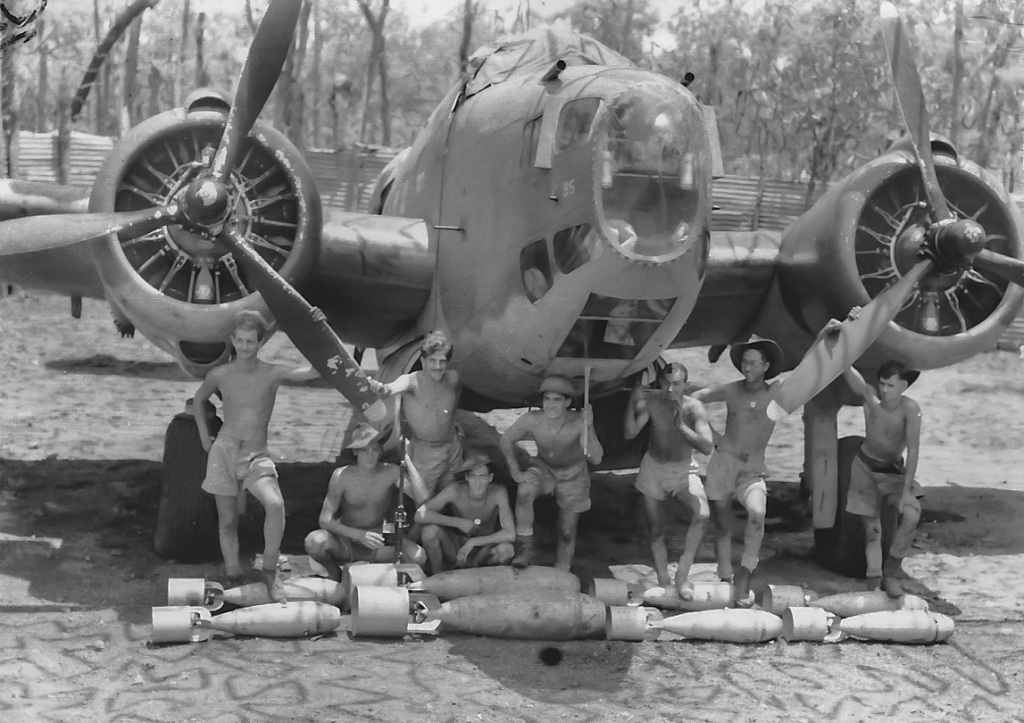
Commemorative postcard – 2 Sqn Crew and Ground staff in front of their Hudson at Batchelor airstrip (AWM photo)
Brian was soon back in the air a day later in one of only two serviceable Hudsons – they were to head back to Koepang (Timor) but were unable to land or even attack the assembled Japanese Navy (no bombs on board) so with minimum fuel they only made it back to Bathurst Island. After hand pumping fuel from drums they finally arrived very tired into Darwin.
Brian asks his assistant to help unroll a paper scroll about 1 metre long. With it blowing in the breeze he continues – “2 and 13 squadrons arrived in Darwin pretty much together. The two squadrons were here from 1941-1943 and lost 200 aircrew in that time, three quarters of us were wiped out – this paper contains the names of the 2oo who were killed”
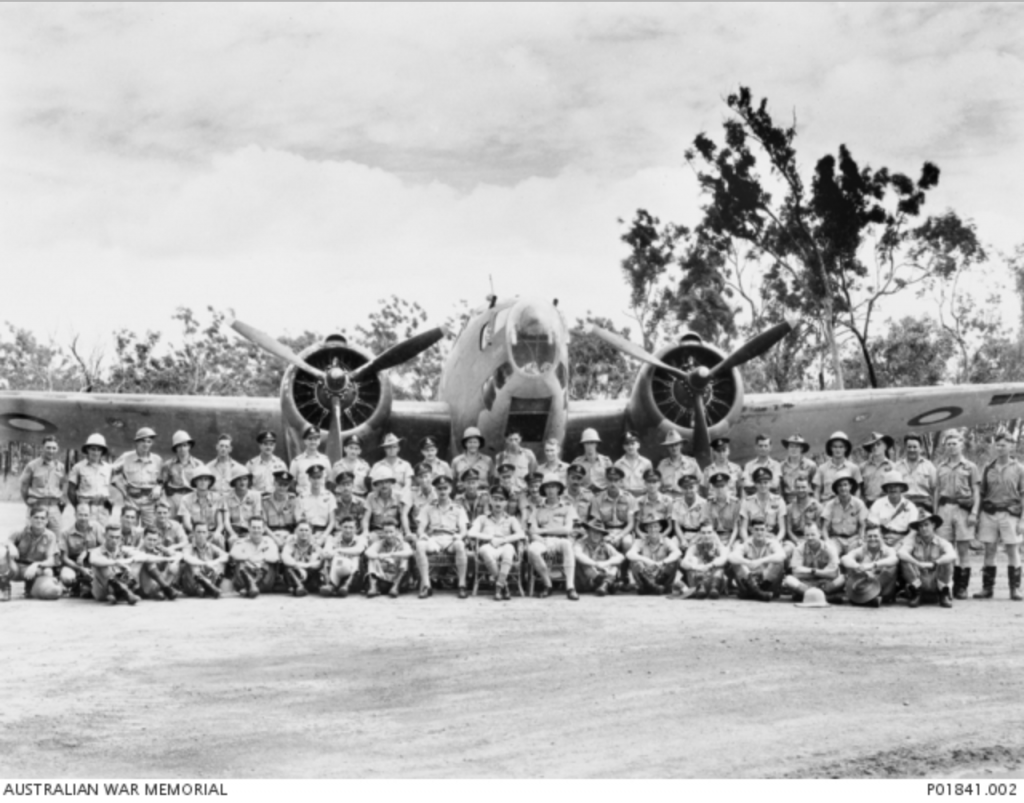
Batchelor, NT. 1943. Group portrait of members of No. 2 Squadron RAAF in front of a Lockheed Hudson bomber aircraft. (AWM image)
FLTLT Winspear is invited to unveil the plaque and is escorted by one of the senior students of Darwin High School, Alanah Hardy, along with Tom Lewis. He removes and folds the black cloth and the plaque is revealed for all to see. Upon the plaque is a photo of a Hudson and squadron members plus the United States Presidential Unit Citation for extraordinary heroism against the enemy something not given out lightly he says later.
The Squadrons were awarded the Distinguished Unit Citation for their service in the Timor area in August to September 1942. Although awarded in October 1942 the citation was not officially presented to the Squadron until May 1990. The Distinguished Unit Citation was redesignated after World War II as the Presidential Unit Citation.
During the service there are several moments of prayer and remembrance conducted by RAAF Base Darwin Chaplain SqnLdr Senini including The Ode and a minute of silence – a moment for those present to reflect on this dark time in our history while the breeze blows off Darwin Harbour and the sun dips towards the horizon.
With that the official service is over and FLTLT Winspear begins to mingle with the crowd chatting with young and old, even taking the opportunity to joke about the RAAF WOD’s pace stick.
Brian returns to the plaque for a media photo opportunity and talks about his time after Hudsons when he was given a commission and went on to fly in the Vultee A-31(V72) Vengeance as a Navigator with No 12 Sqn based at Batchelor airfield. He describes how they would dive almost vertically at 500mph with the pilot looking through a small hatch to see the target… and the g-forces as they pulled out after bomb release. A very good aircraft for putting a bomb down a funnel.
After the attack on Darwin the Hudson squadrons were dispersed and moved about a bit – not just the Darwin RAAF Station but Daly Waters, Hughes, Batchelor for 2 sqn, and similarly Darwin RAAF Station, Daly Waters, Hughes and Gove for 13 Sqn. In fact there is still a No 13 sqn Ventura wreck located at Gove Airport today. The squadrons eventually re-equipped with more modern aircraft like the Bristol Beaufort, Lockheed Ventura and B-25 Mitchell and were deployed further afield by the end of WWII hostilities.
I chat with an elderly lady who has come from up Victoria with her husband for a few days. She had heard on a local radio station that this event was to be held and wanted to attend because her father had been a pilot in No 13 Sqn “It may be just a quick 3 day visit and I think dad would have liked to be here but unfortunately he passed away 17 years ago – but at least he is here in spirit I feel” A number of other interstate visitors have travelled to attend the Bombing of Darwin Commemoration services, some having relatives who made the ultimate sacrifice.
As the public disperse, Brian finds a moment to take in the view from the cenotaph and gives us a grin, before being ushered over to the RAAF Chev staff car.
Even at this age he is still cheeky, quickly whipping out a hanky to pretend to polish the car he is about to depart in. After climbing aboard he gives a wave as the car slowly drives away.
One wish of veteran Brian Winspear is to go for a fly in Temora Aviation Museum’s Lockheed Hudson A16-112. This beautiful aircraft has beeen restored as A16-221, a Hudson III that served with No 2 Sqn in the North Western Area – Timor and the Netherlands East Indies and out of Milingimbi , an Arhnem Land island to the east of Darwin. What an experiencce that would be for him.
It is a sad fact that less and less veterans are with us each year which is why it is so important to hear and record their stories. Fortunately for us this story has been told by a gentle man who now smiles, but observed and experienced some terrible events, losing many mates and still has clear memories of a dark time in world history. Lest We Forget.
If you are ever in the Top End please have a stroll around the Darwin Cenotaph on the Esplanade – there are many plaques like this one. There are several museums in Darwin including East Point, Darwin Aviation, Charles Darwin Park and the Stokes Hill Wharf Museum – pay them a visit too. There are also a great many placards dotted around Darwin and if you are travelling up by road – many of the WWII airstrips and camps are located right next to the Stuart Highway – have a rest and take in some history or even visit the Adelaide River War Memorial.
Sid Mitchell
Photographer ASO

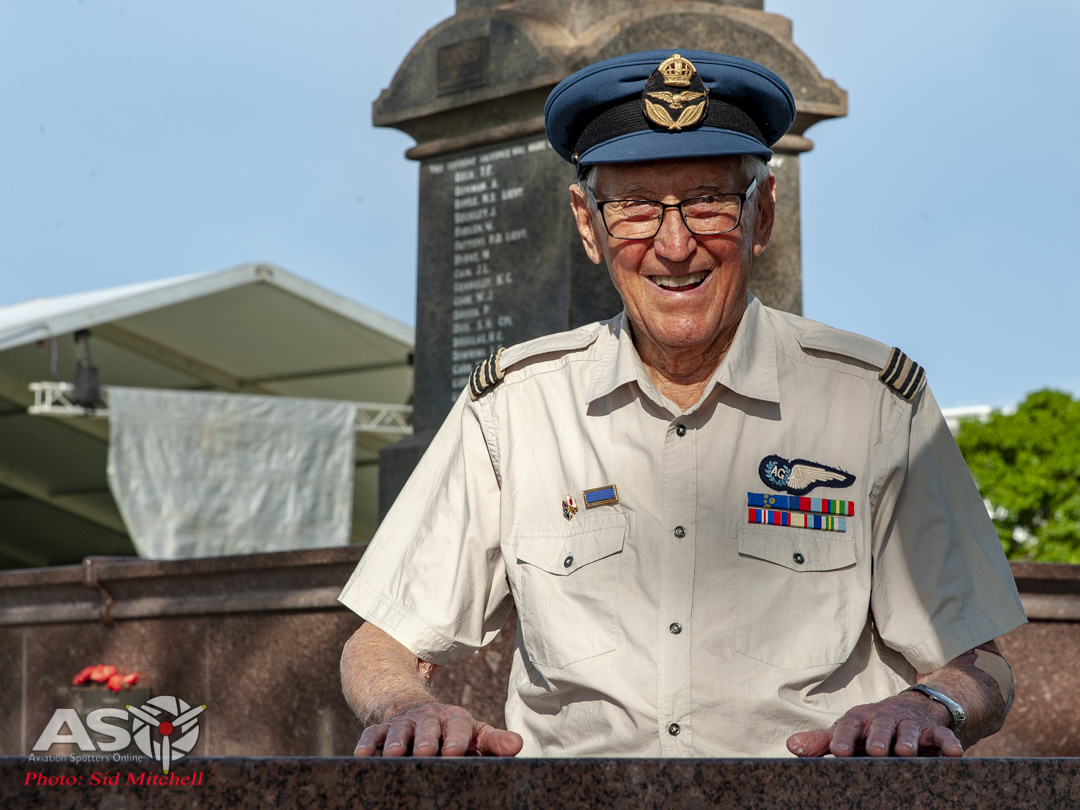
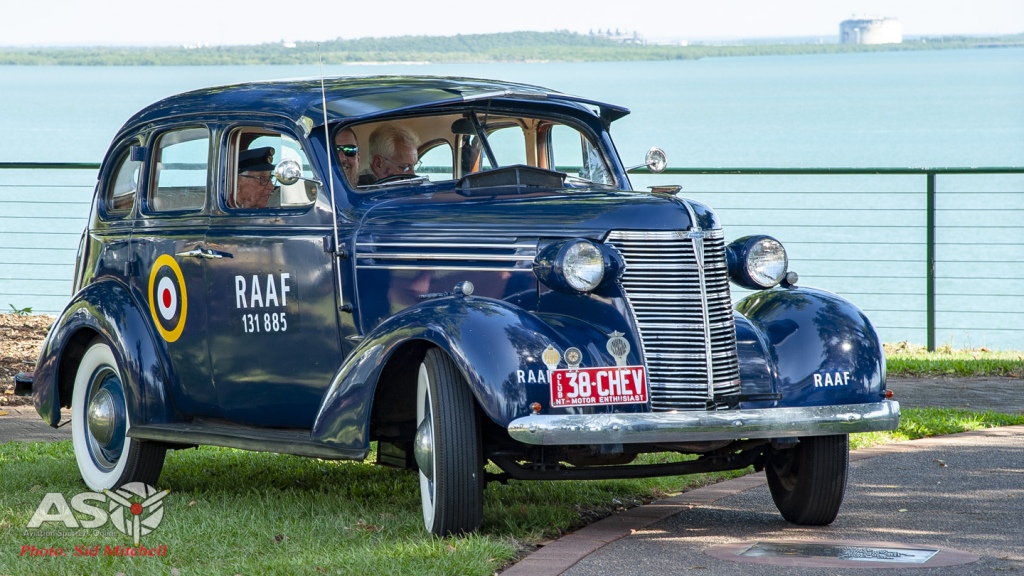
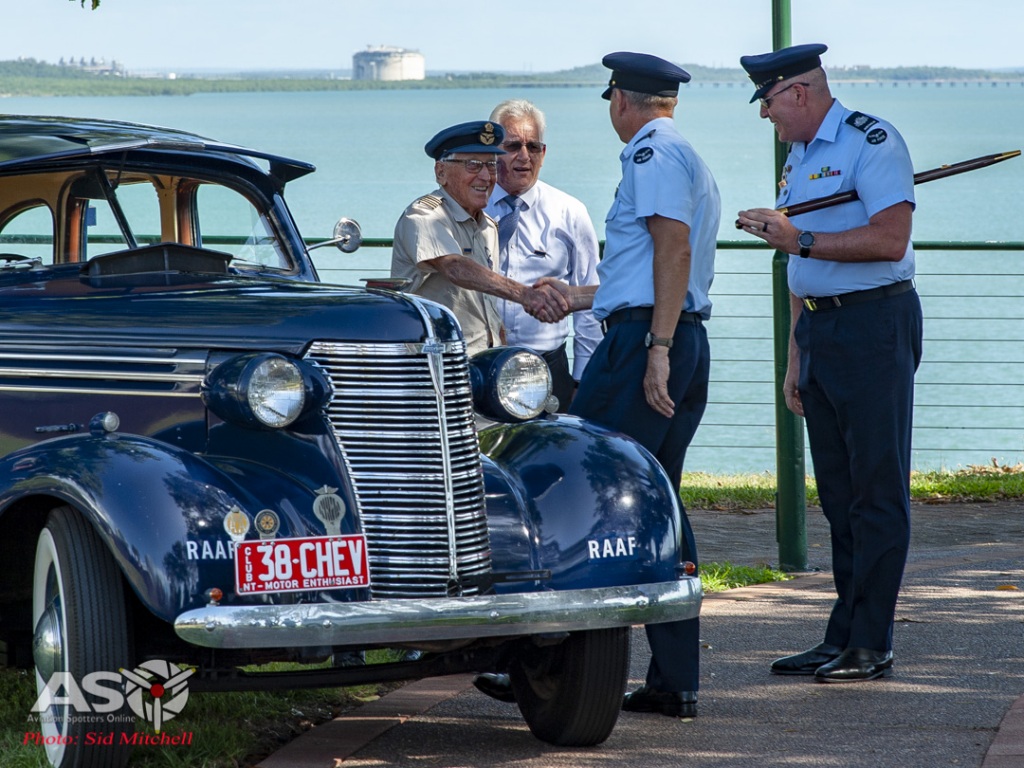
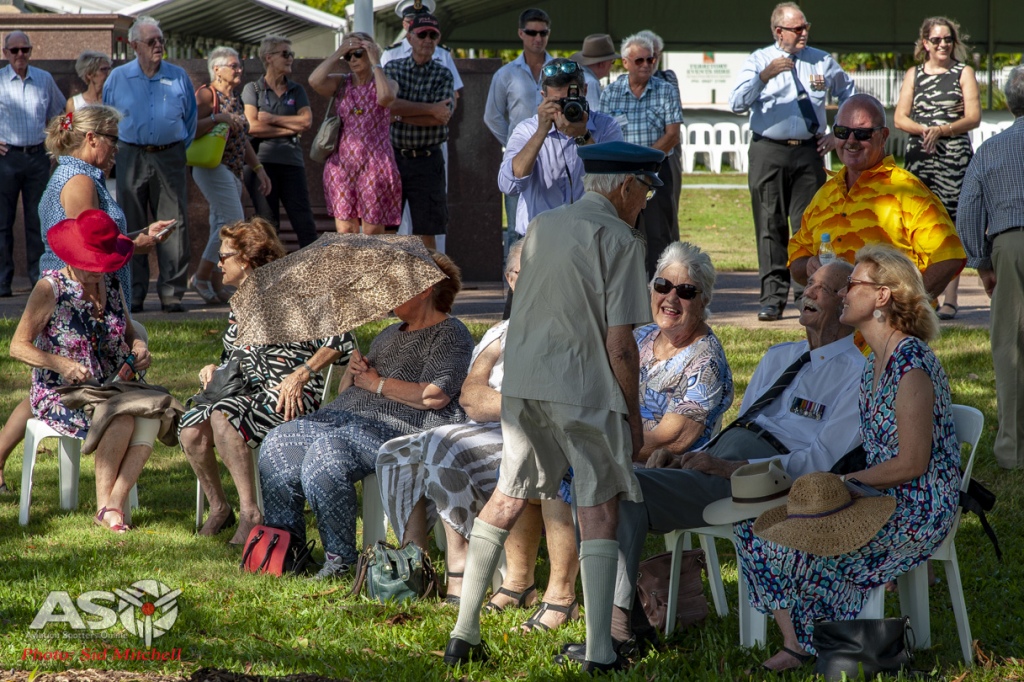

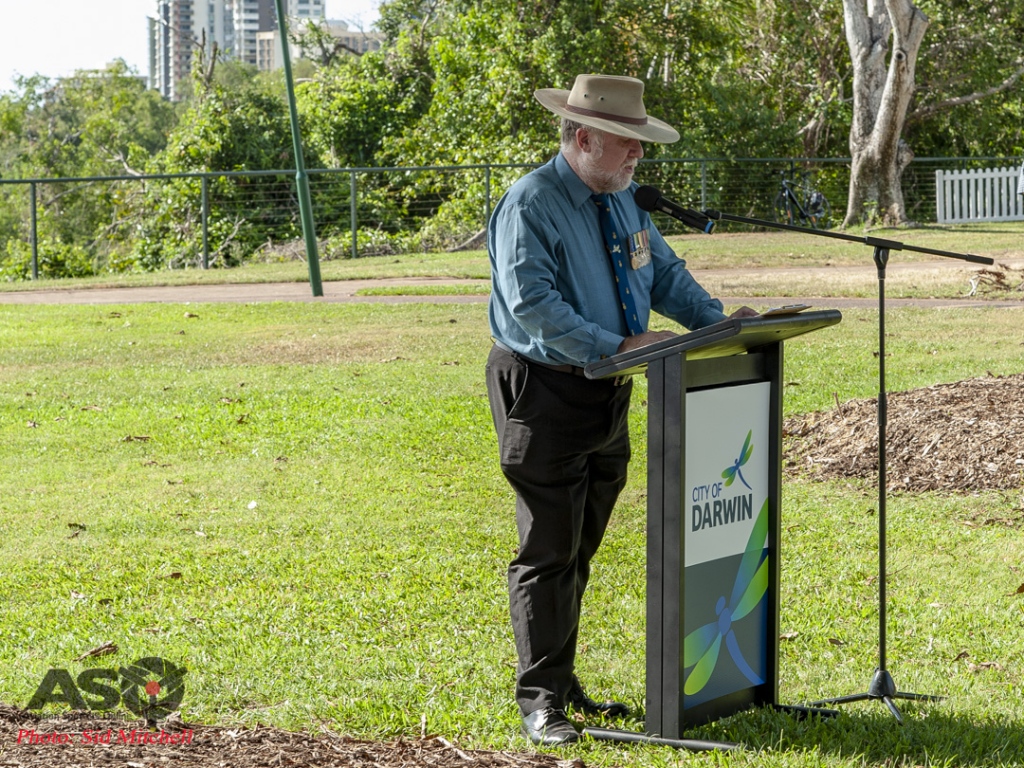

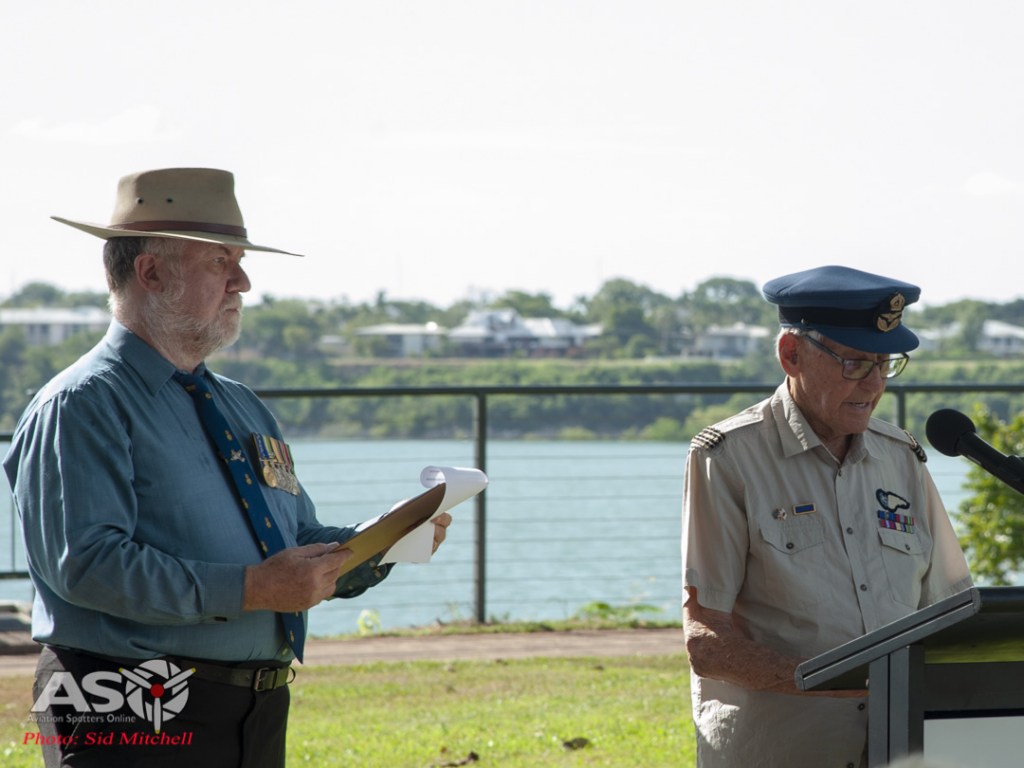

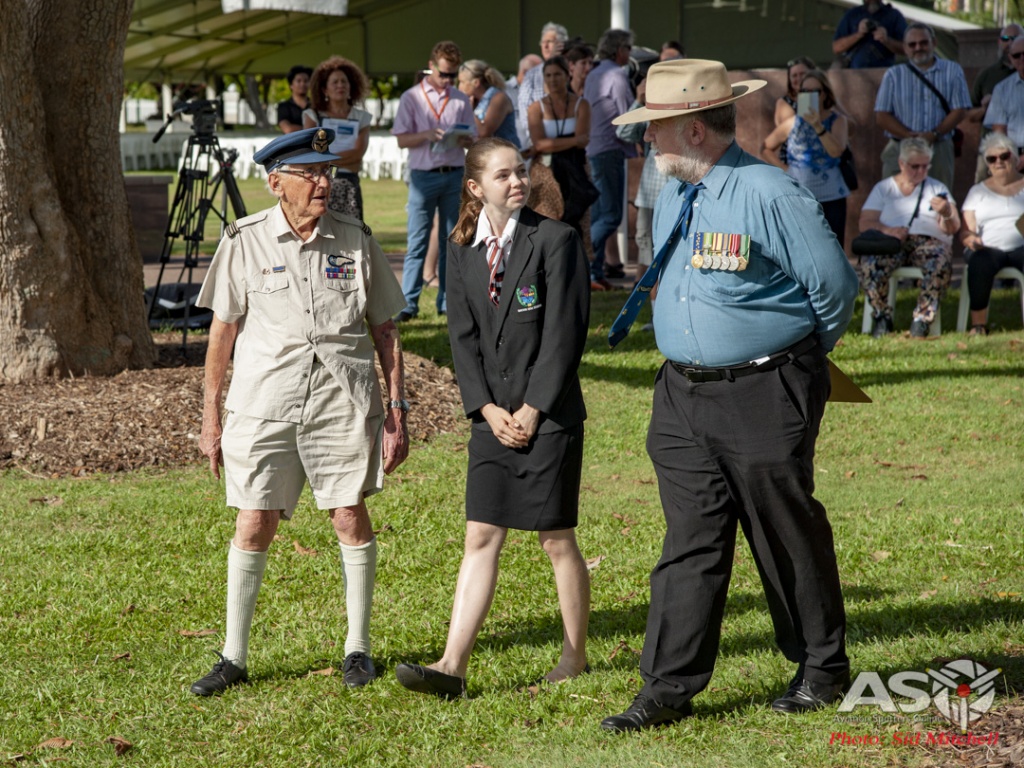
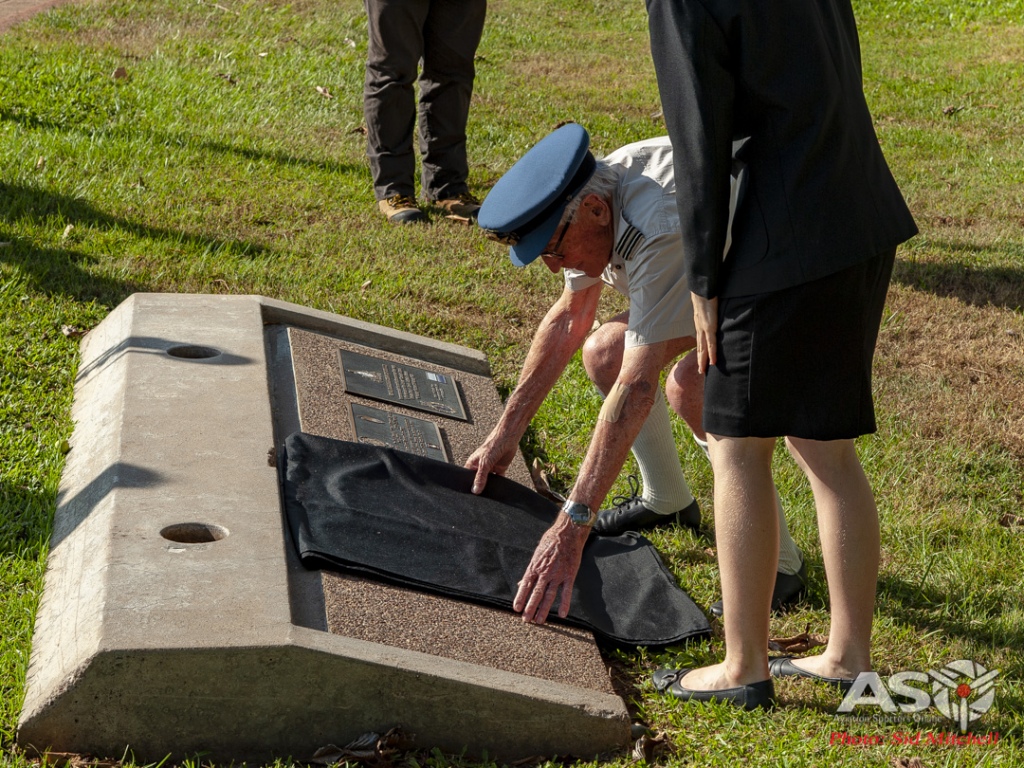
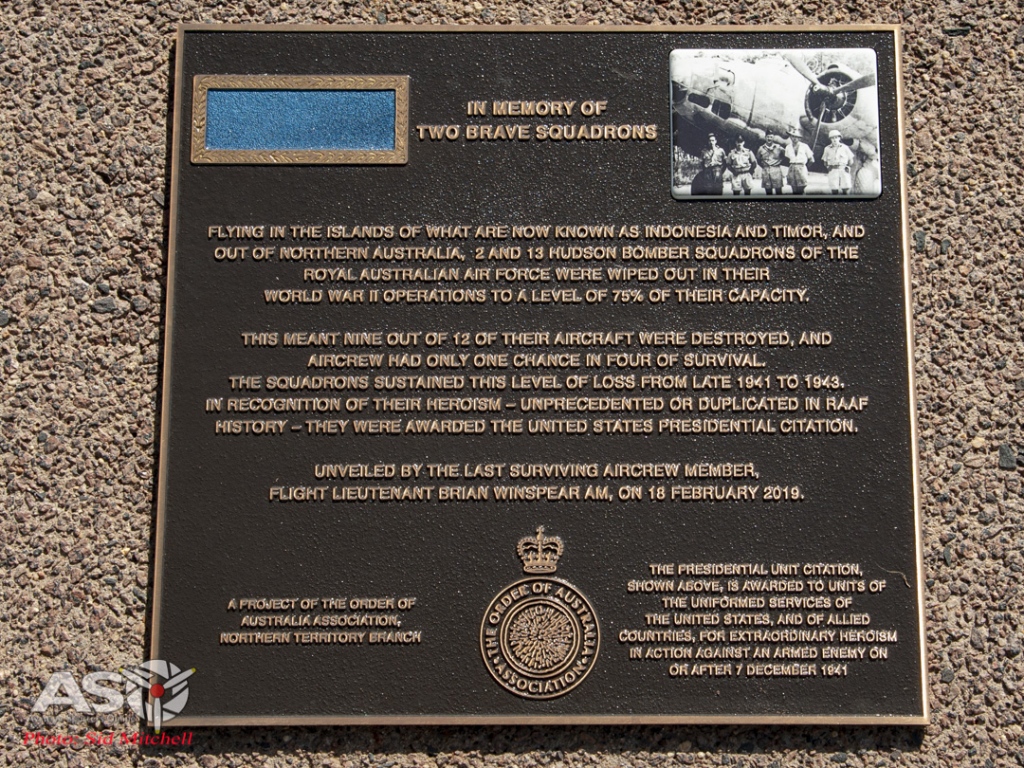
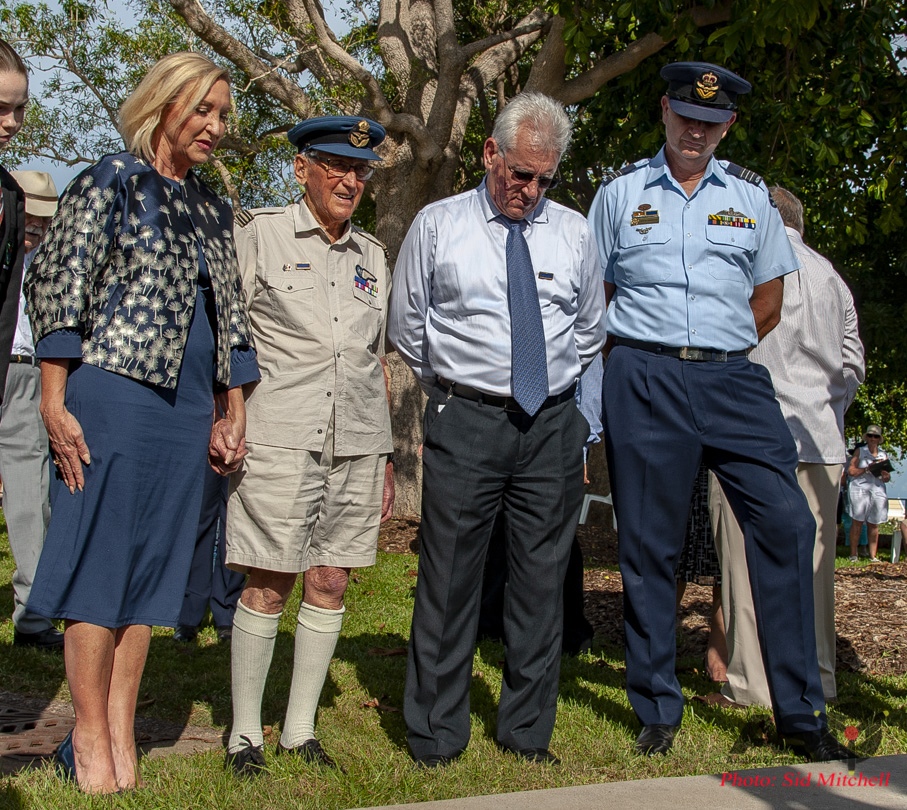


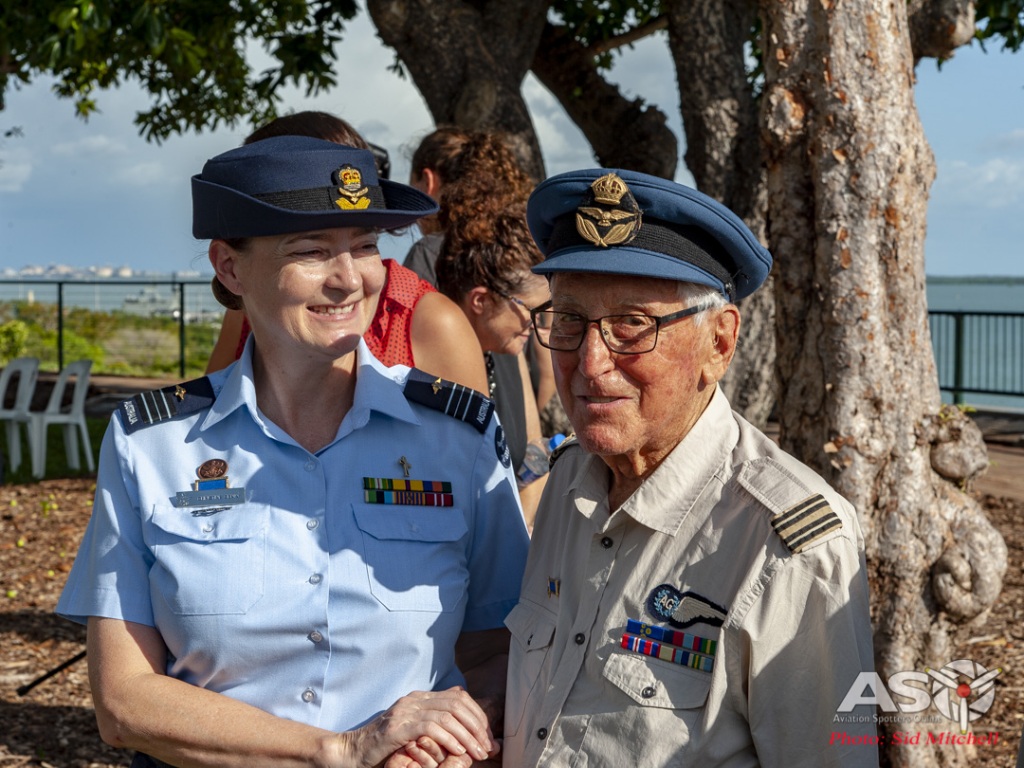
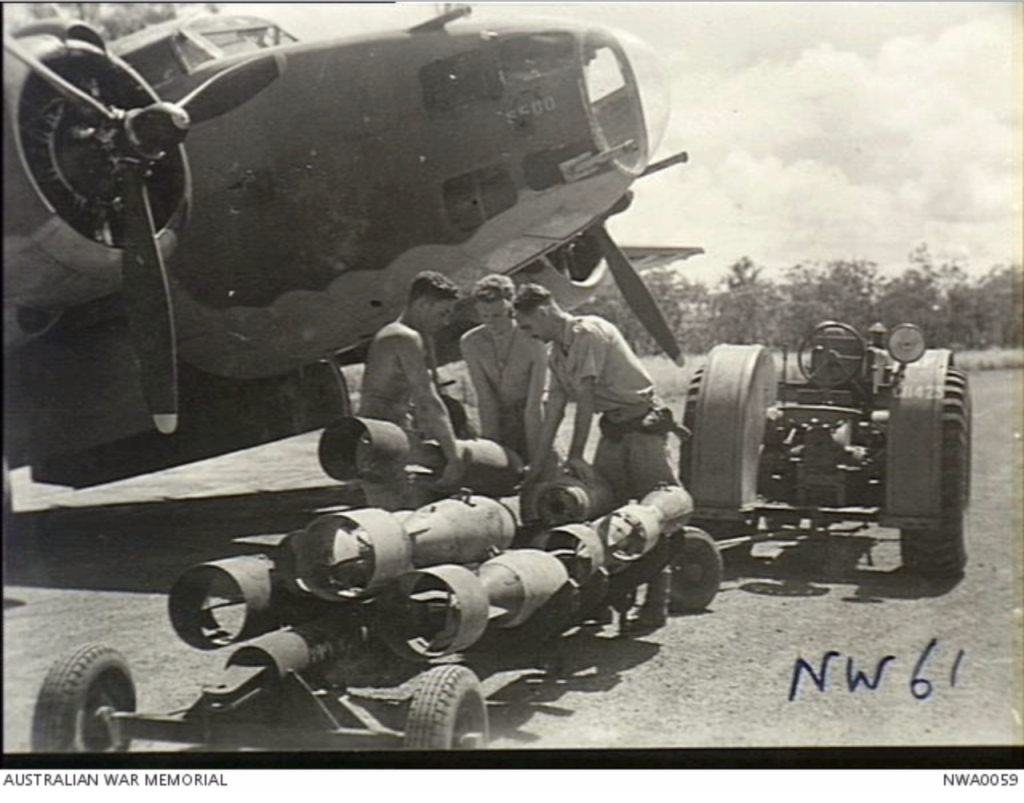

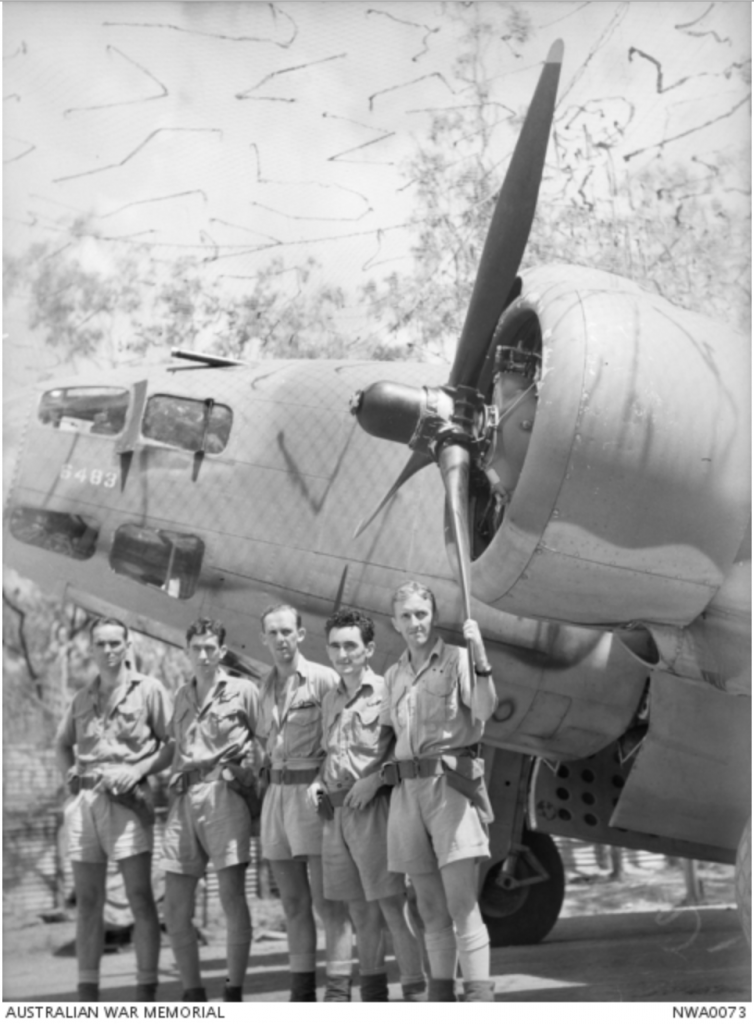
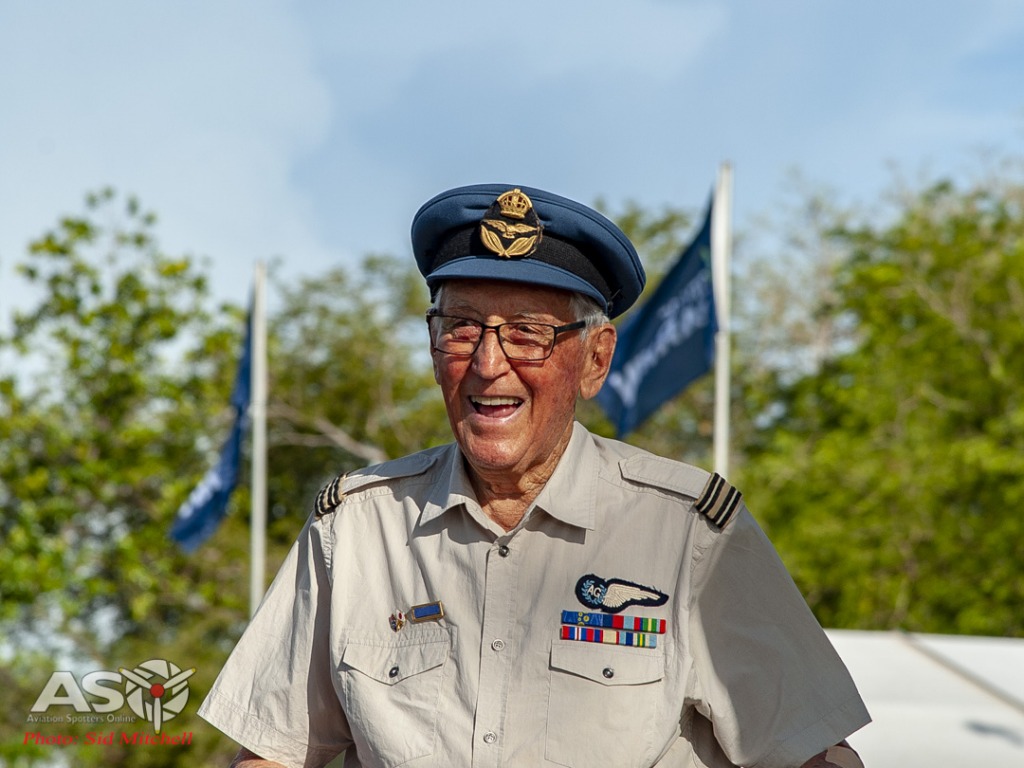

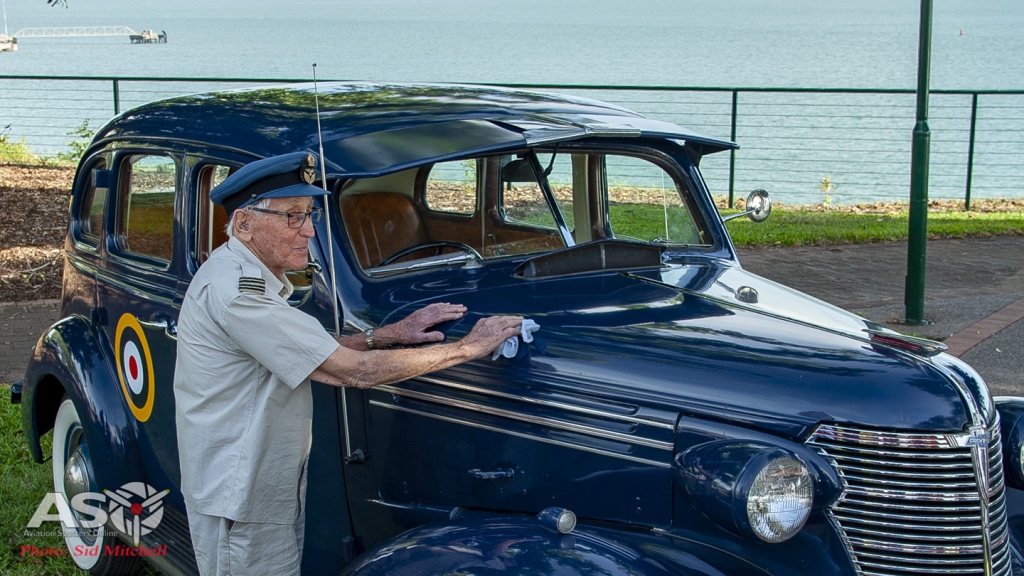
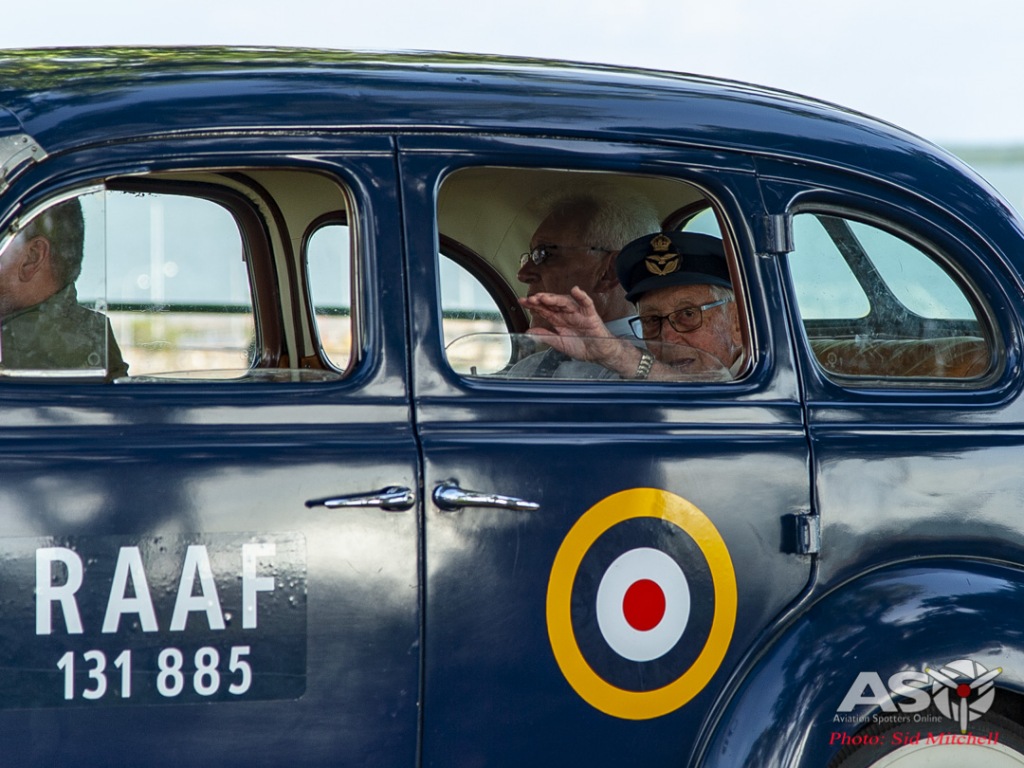
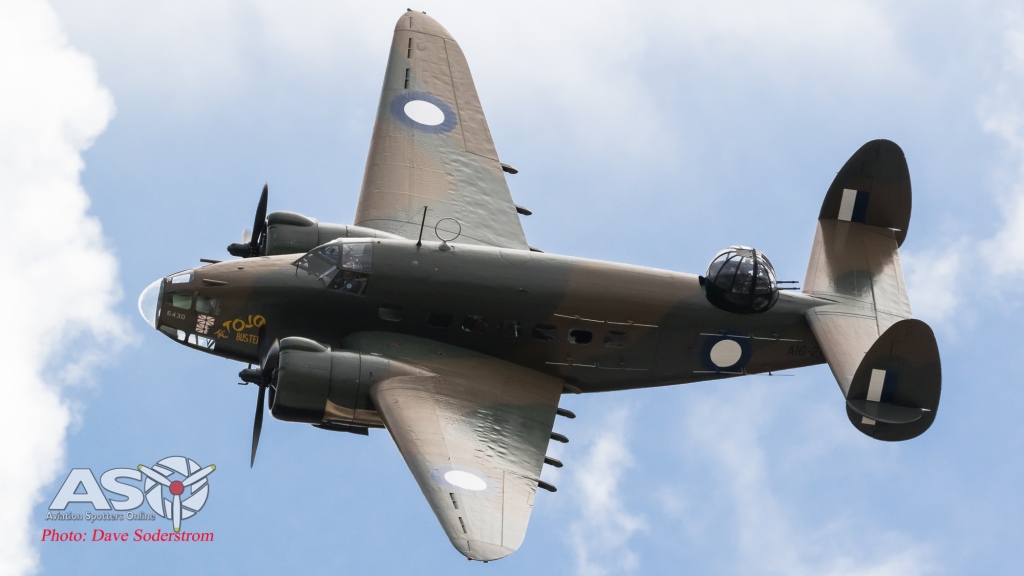










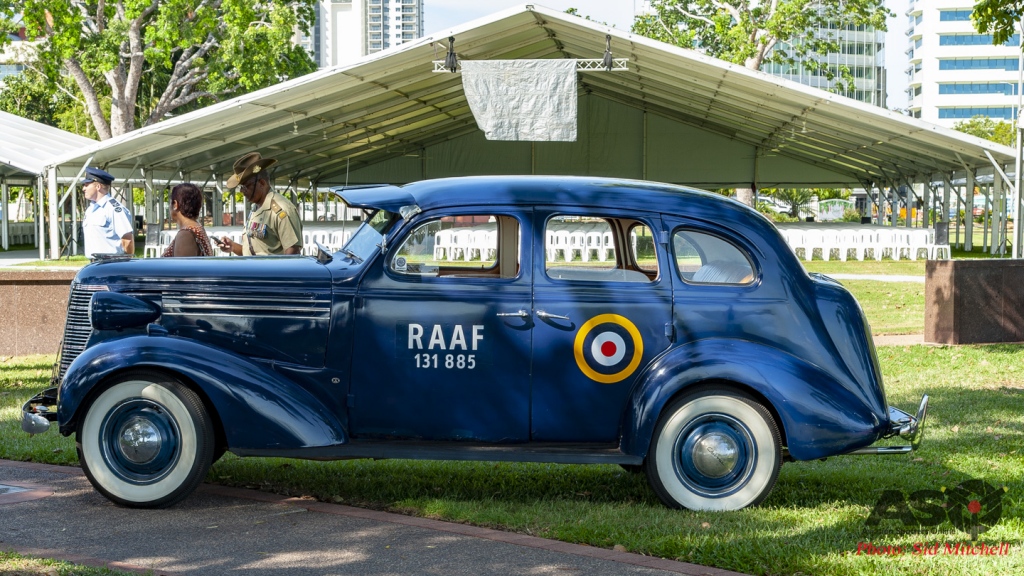











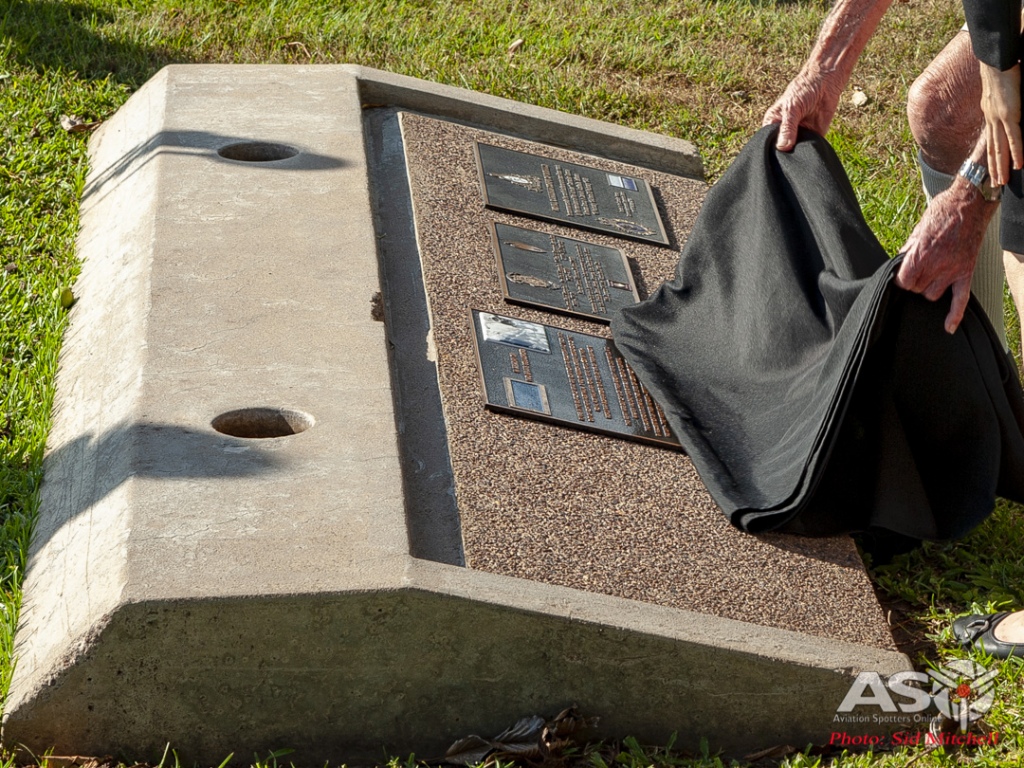
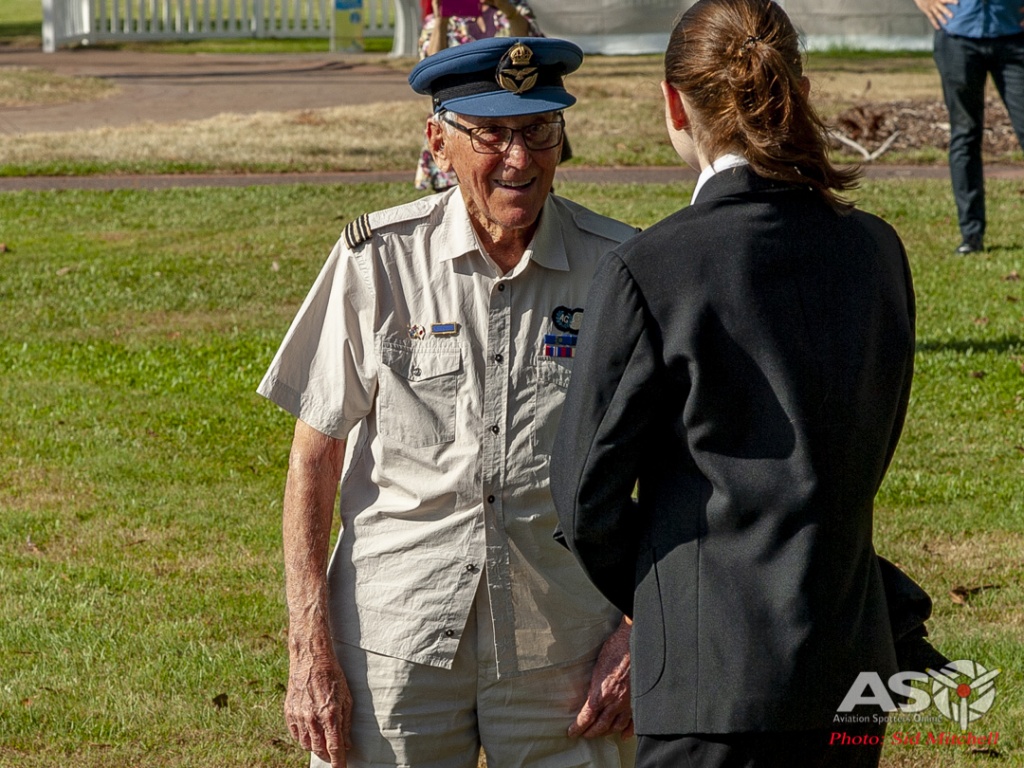

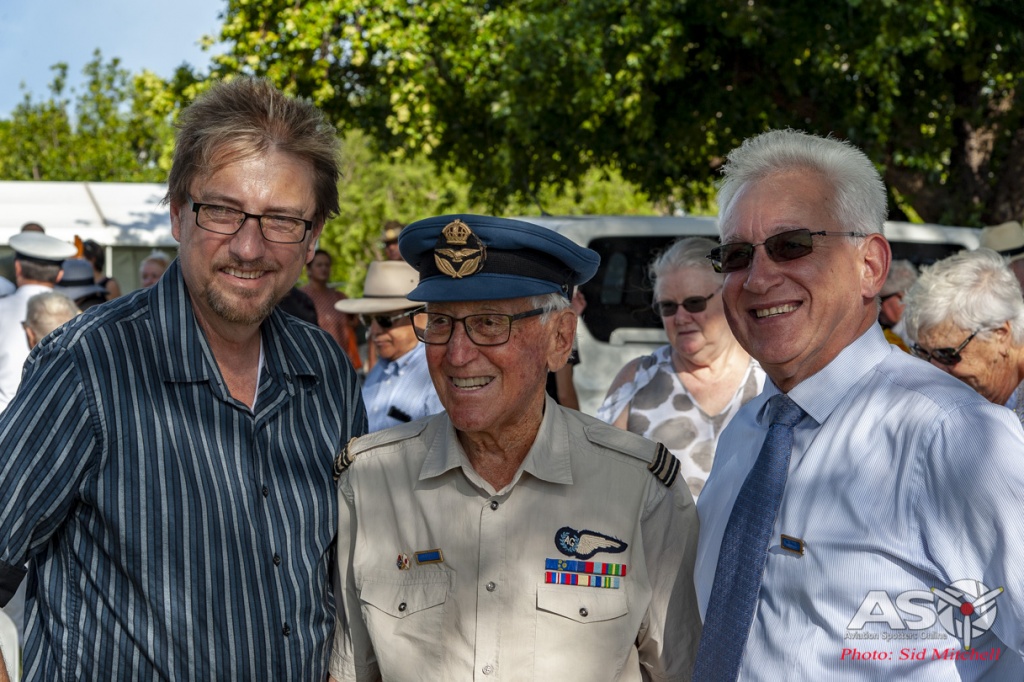

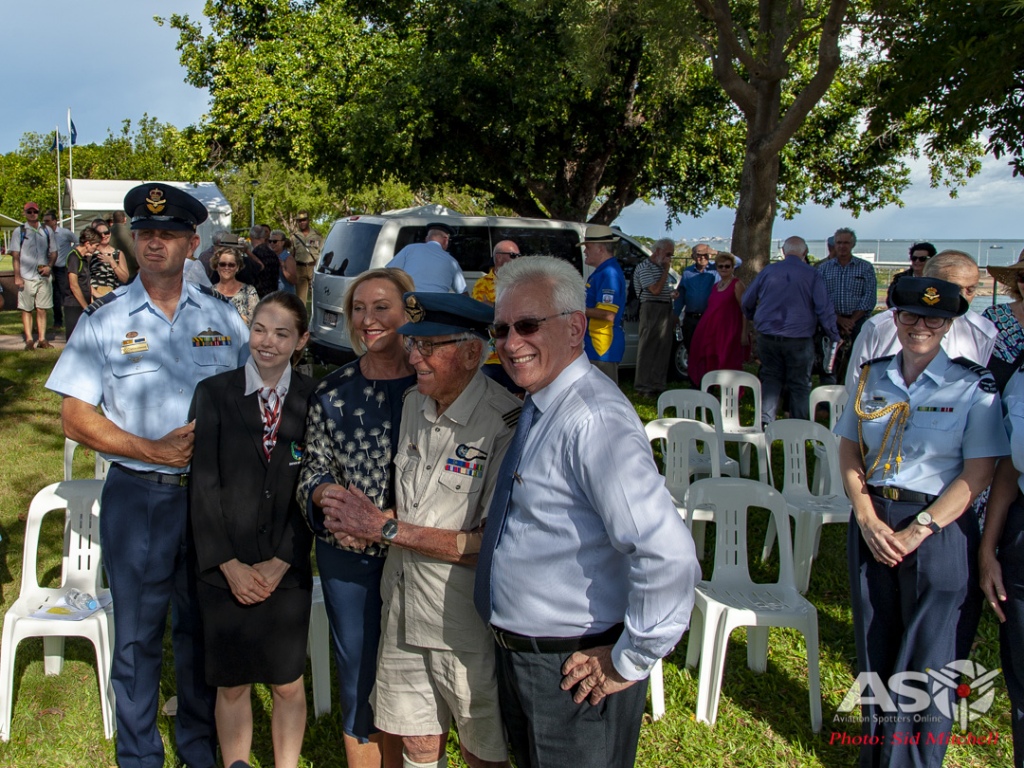


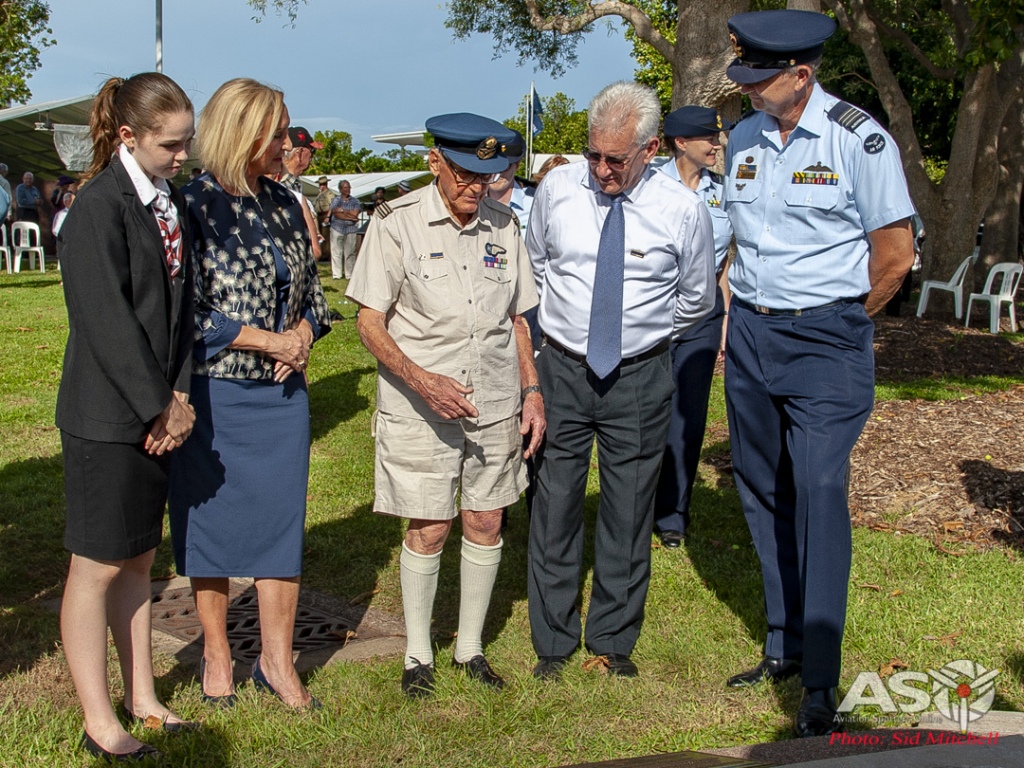




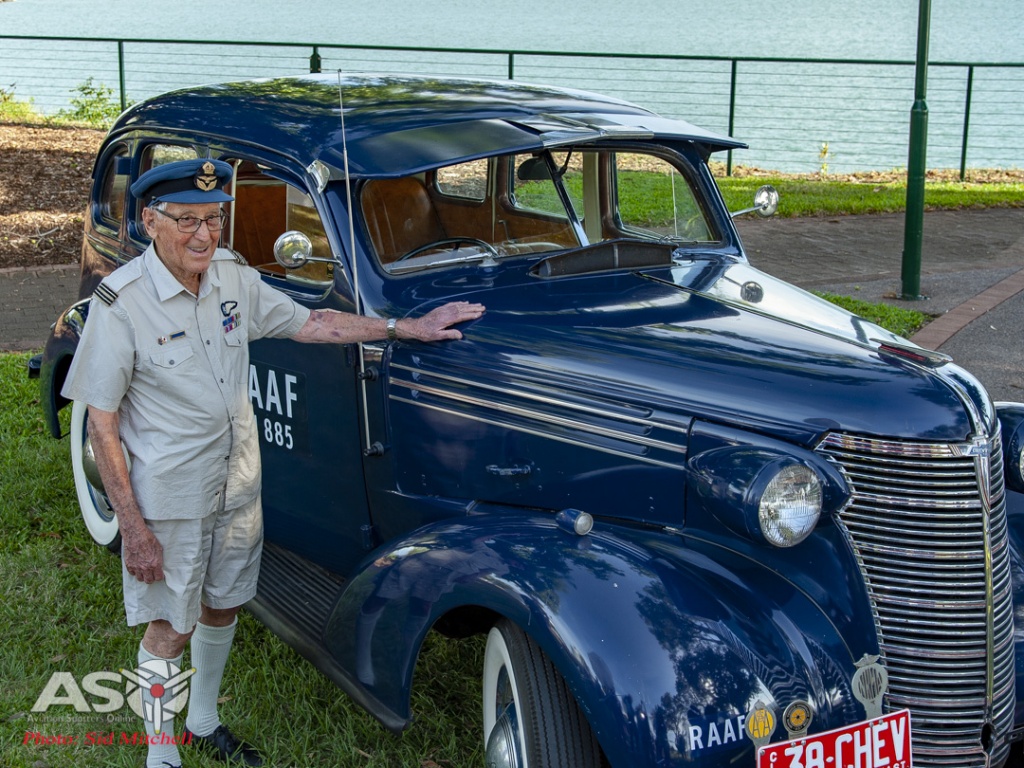


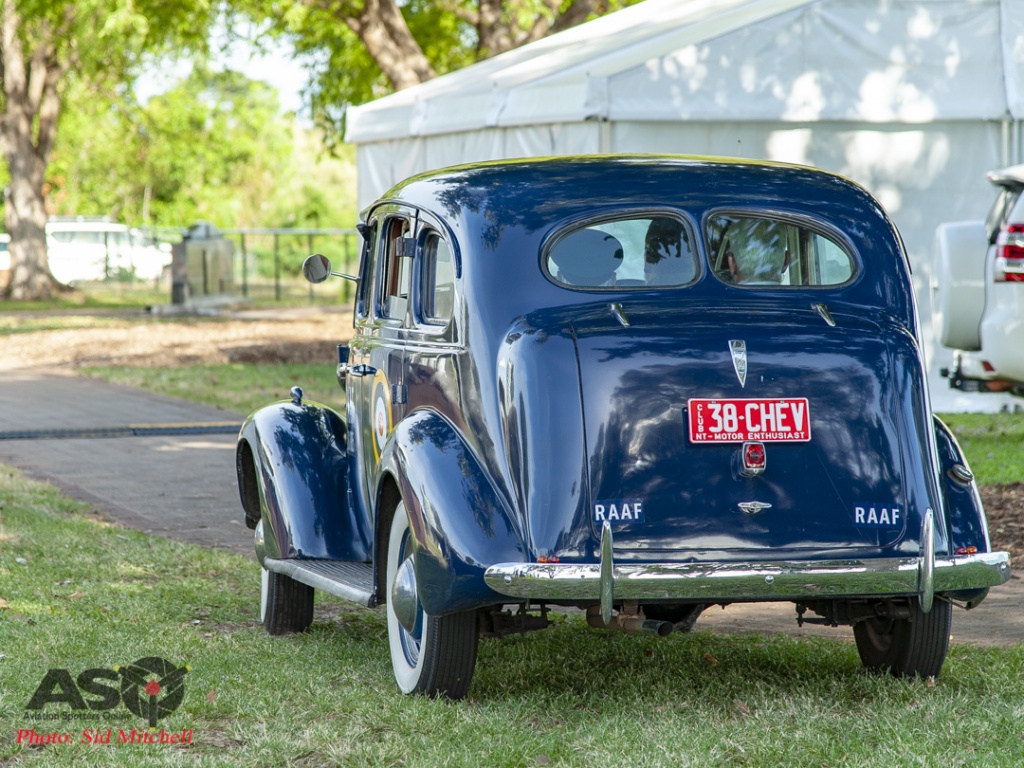






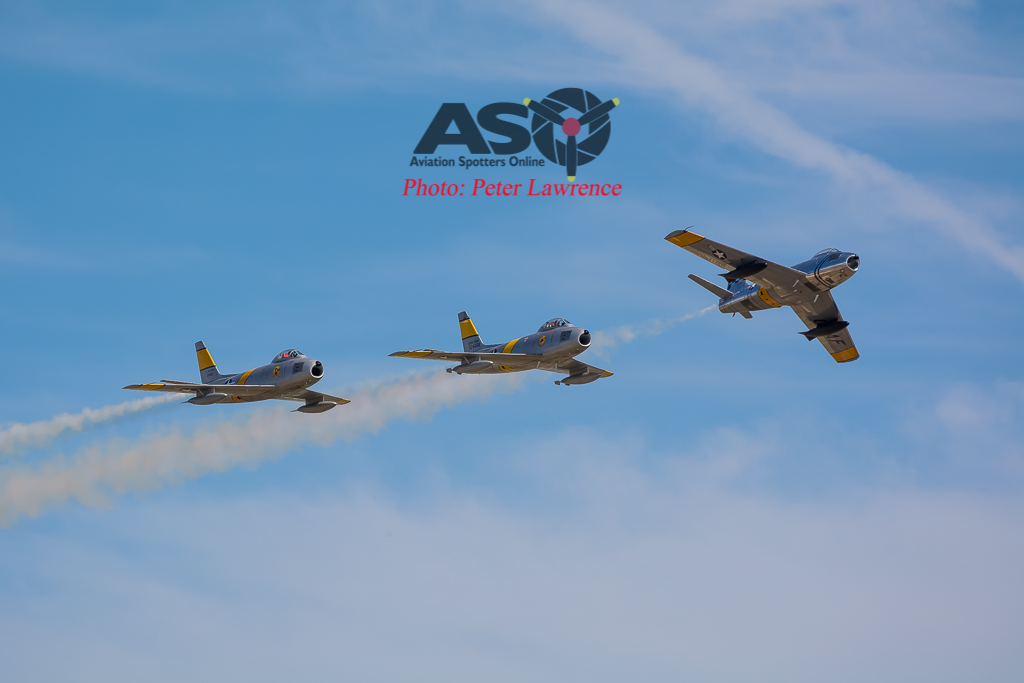
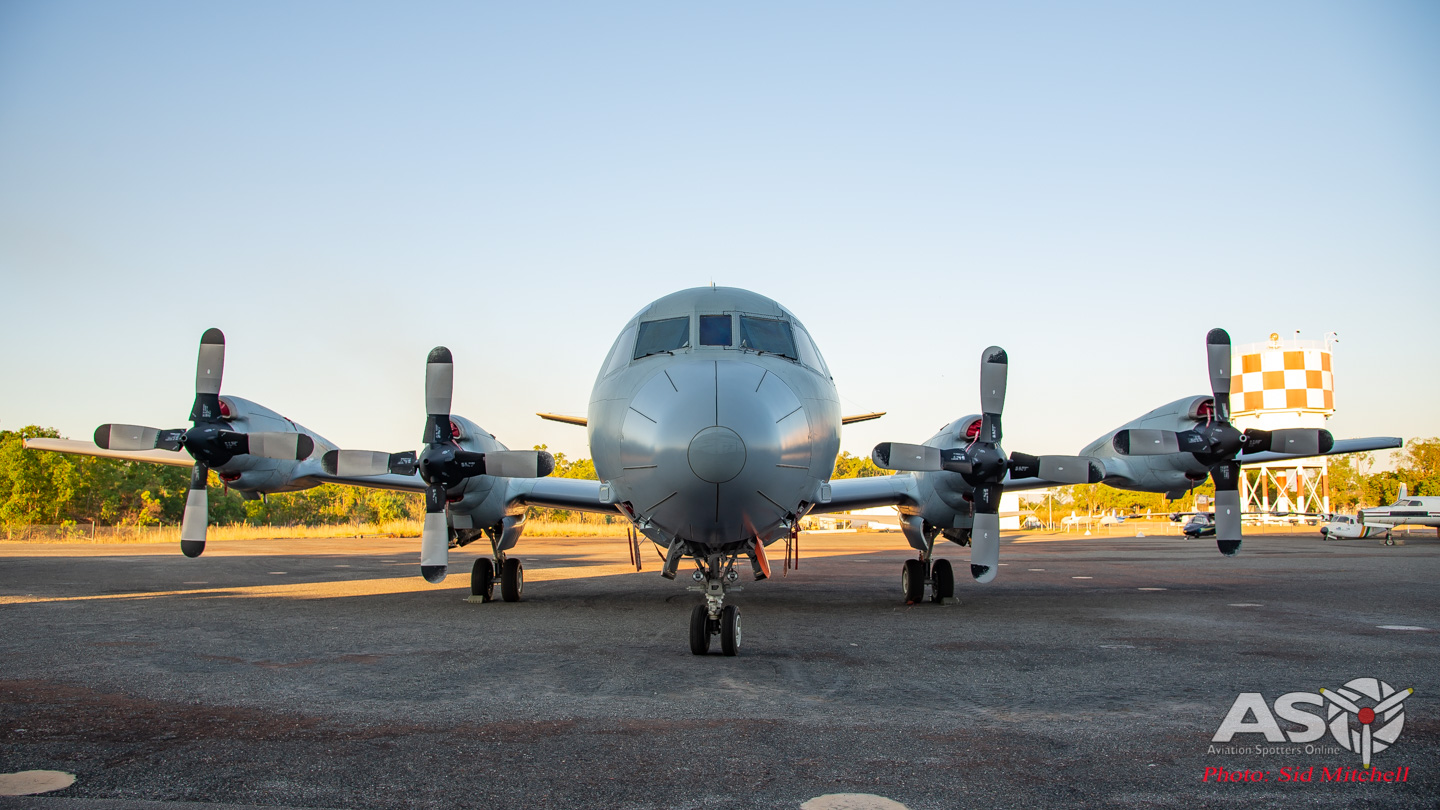
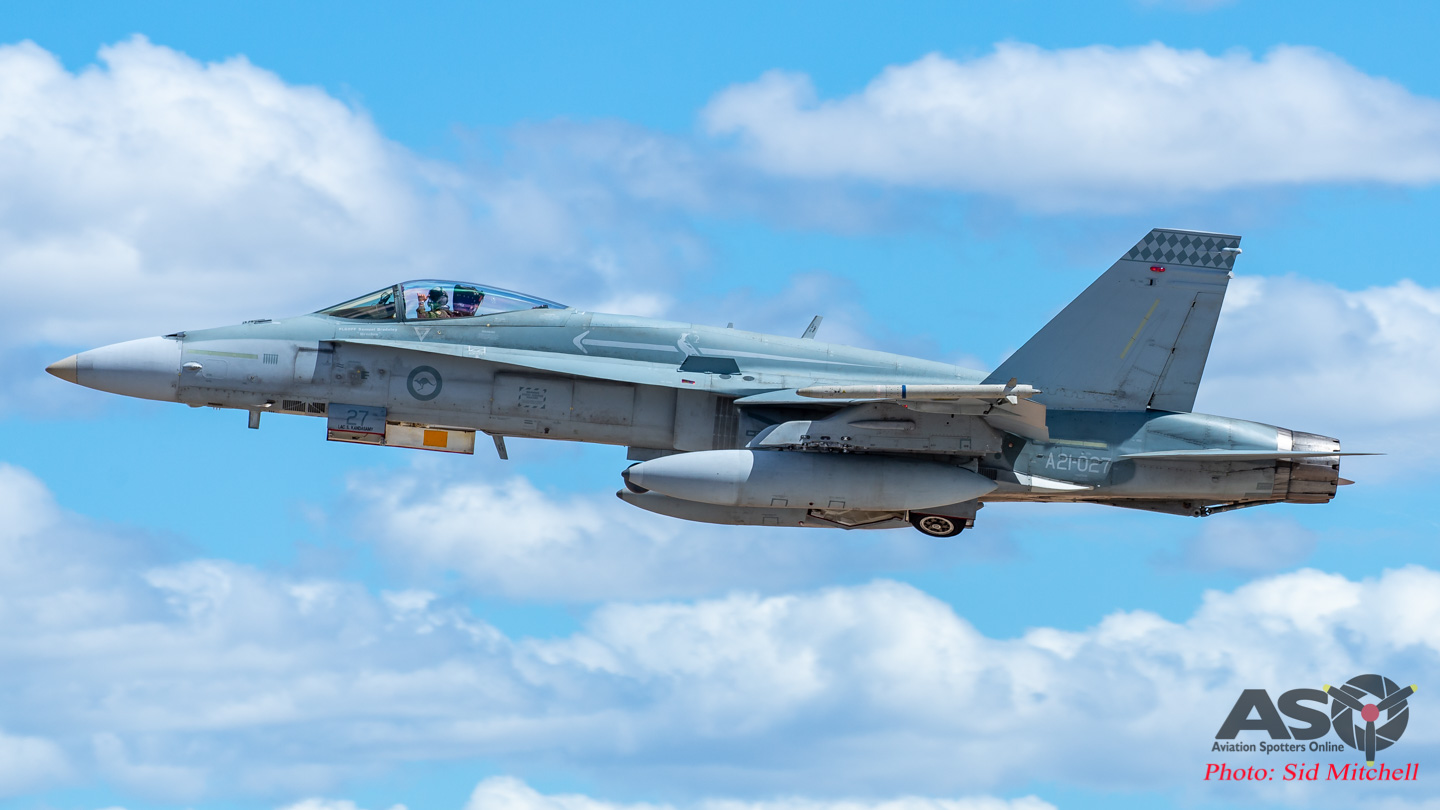





A most informative and fascinating account so well written. Thank you for a wonderful read
Thankyou Robyn – the real pleasure was listening to Brian recount his experiences – we are lucky that there are still veterans that can tell their stories and are so passionate about remembering the fallen. cheers..Sid